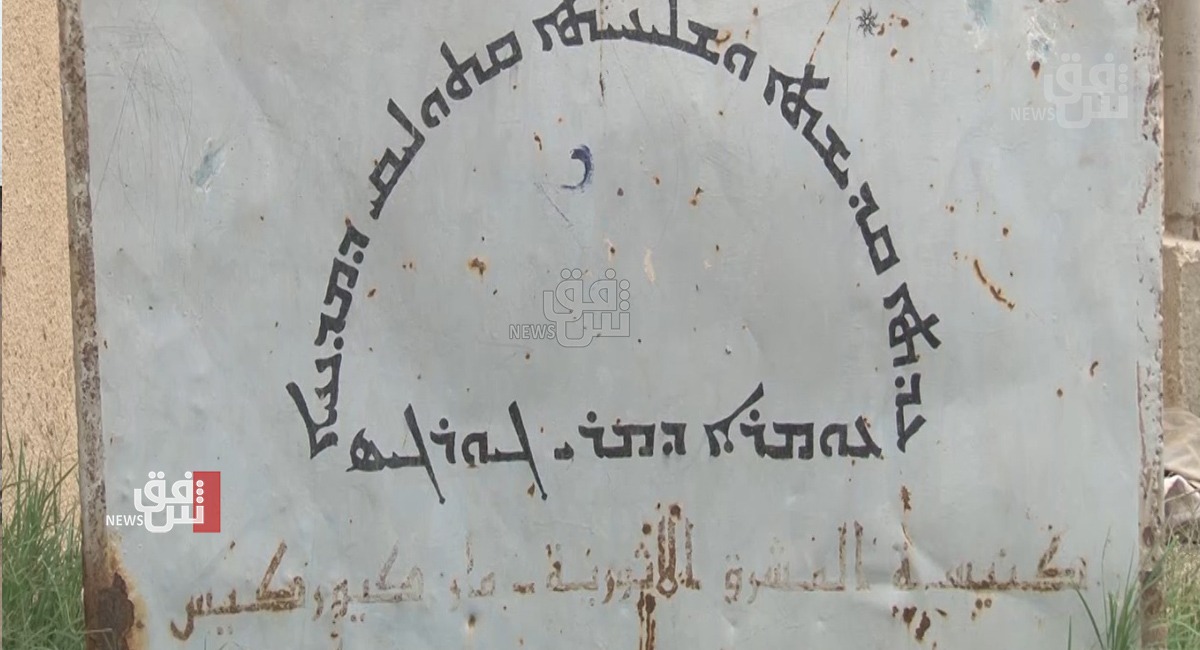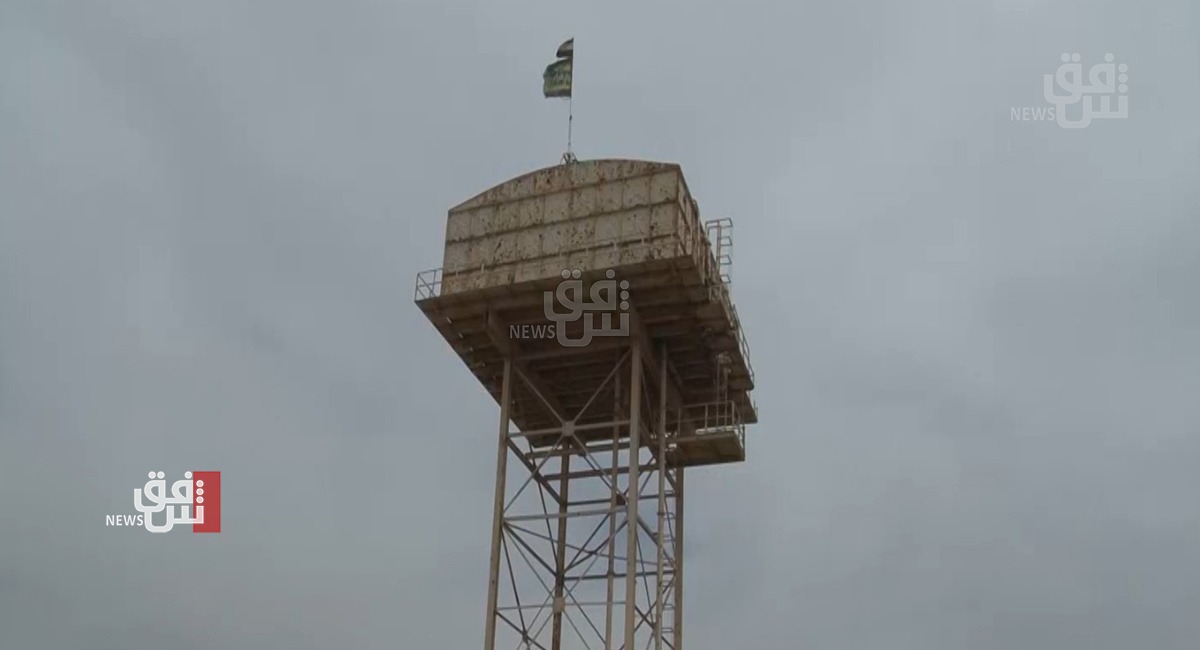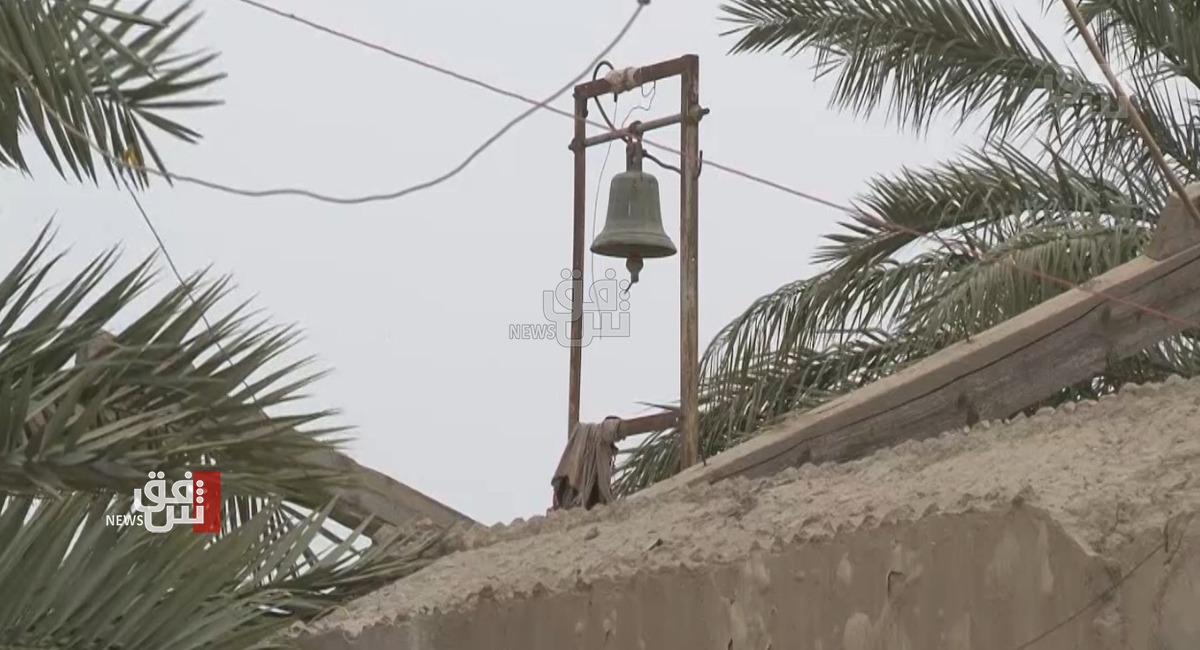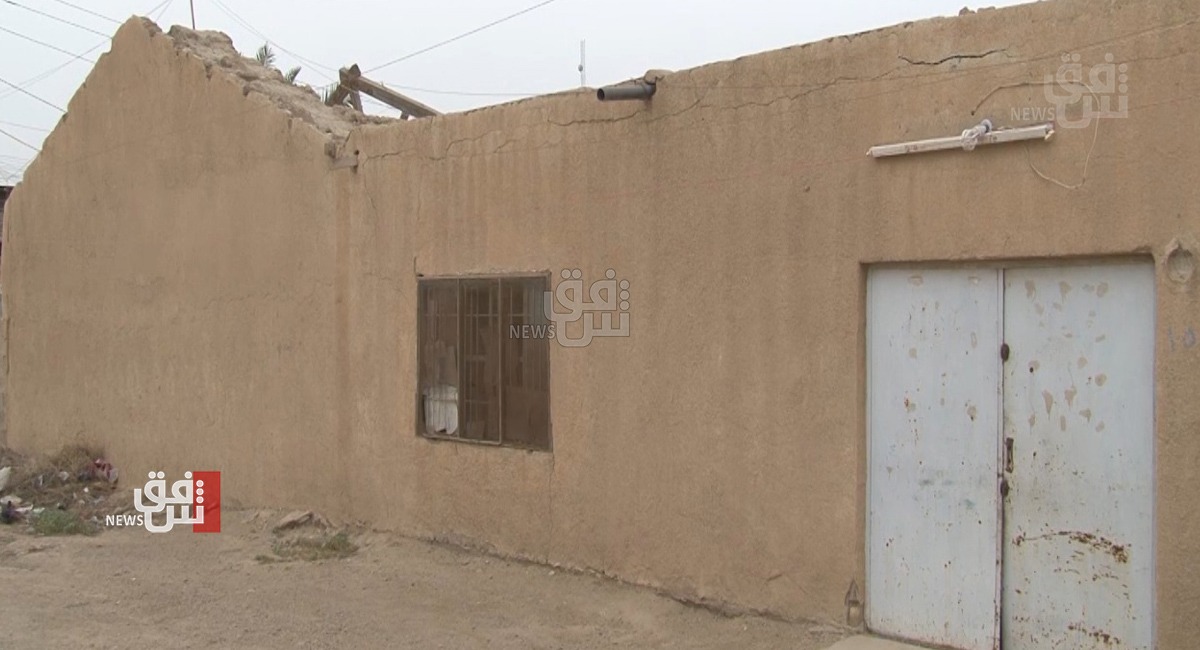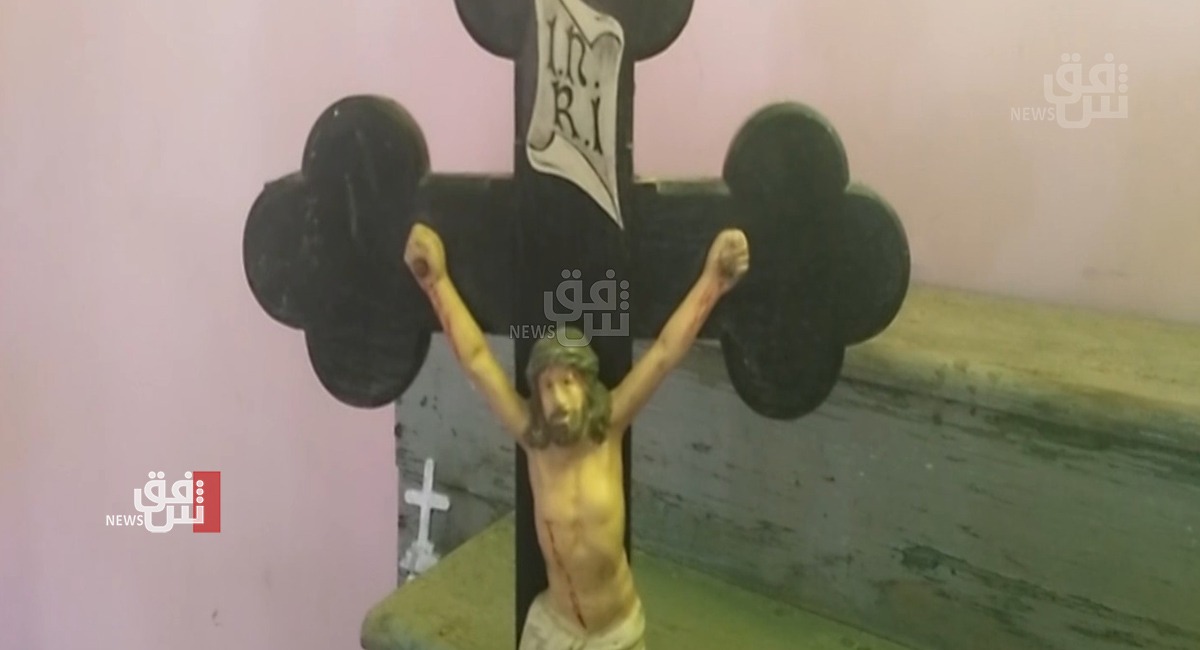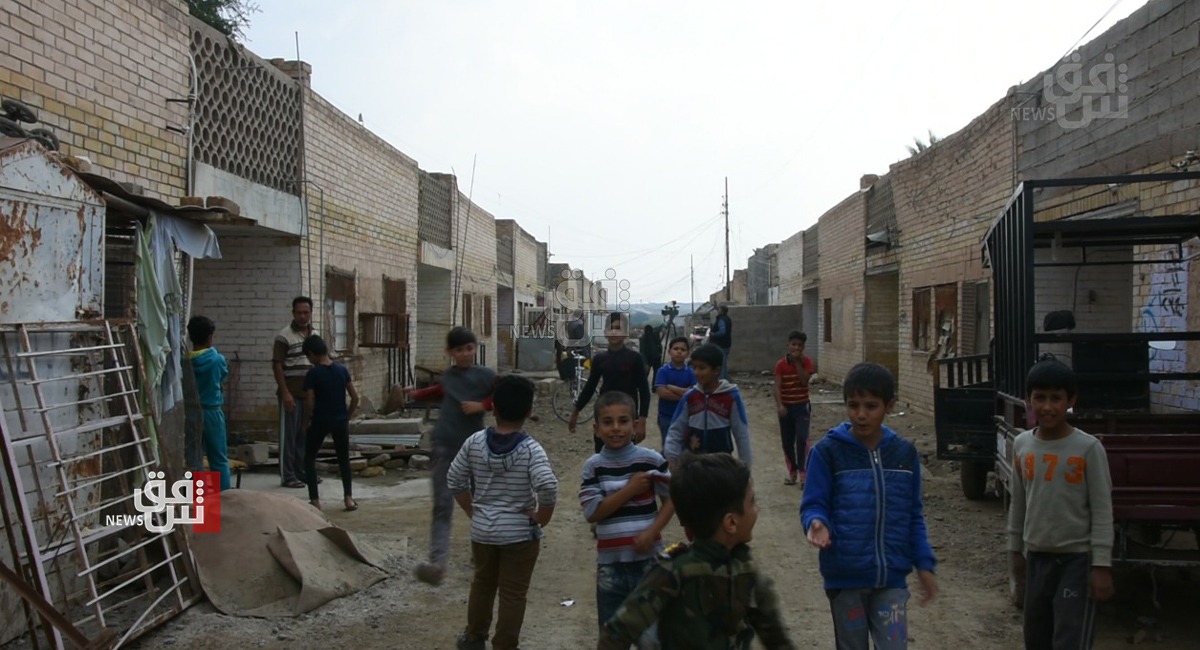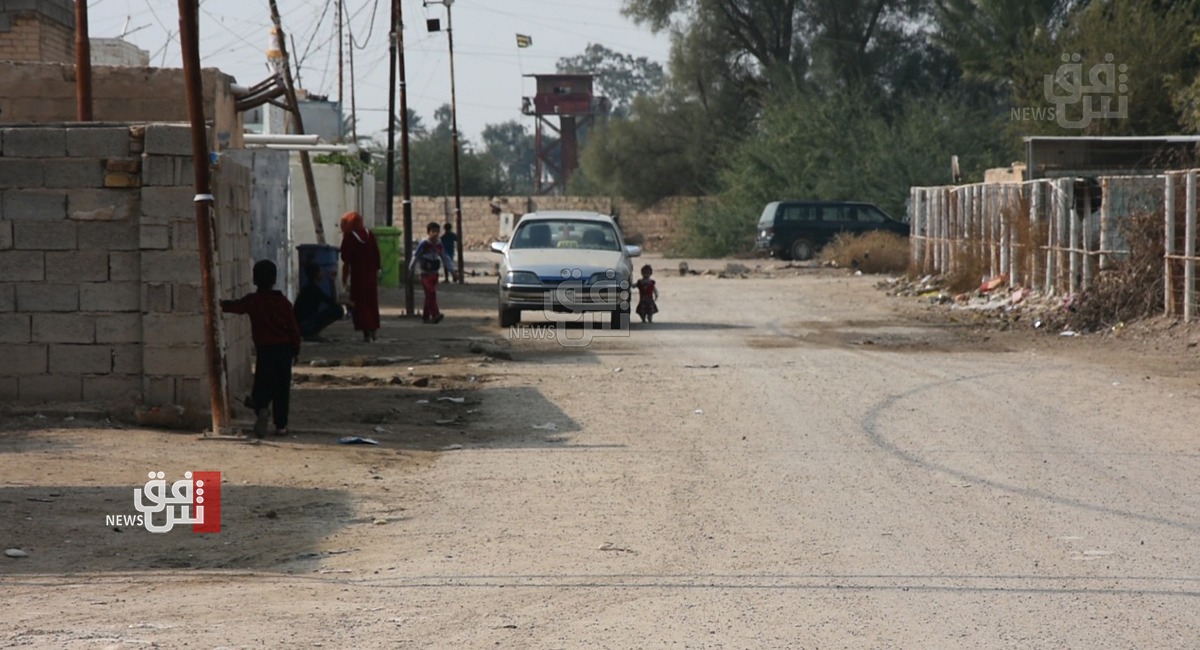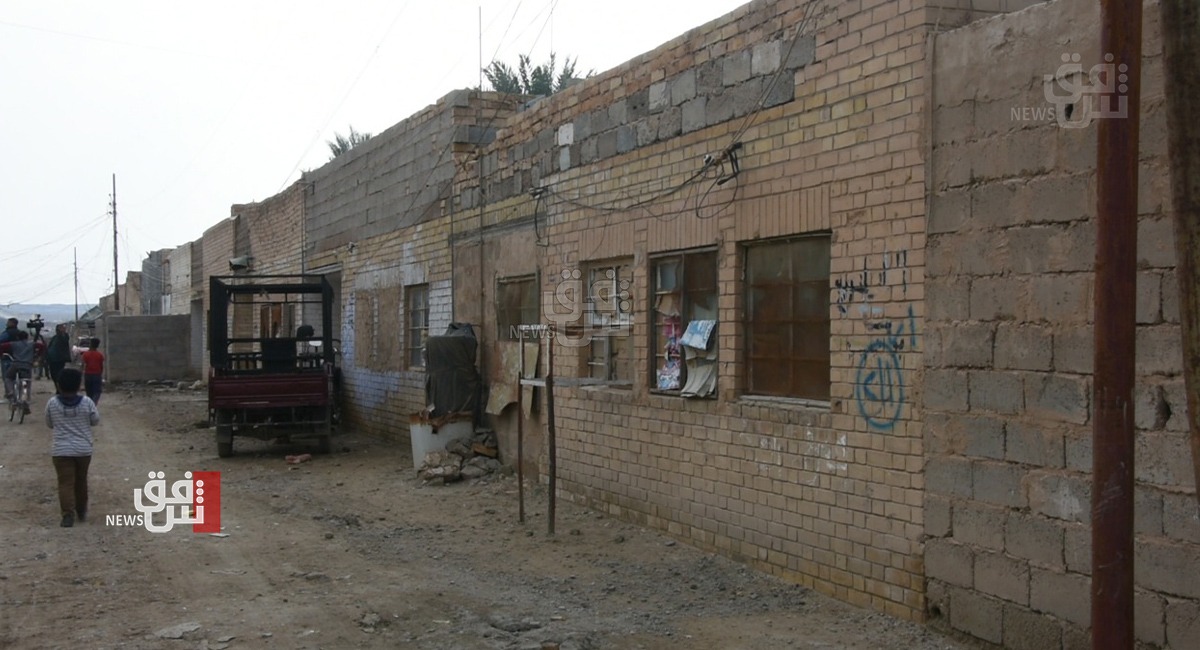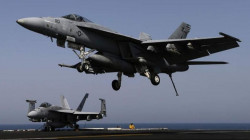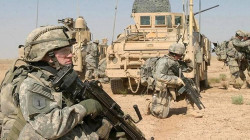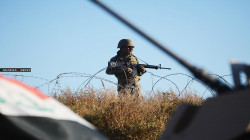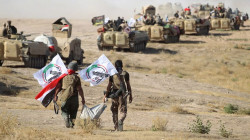Empty churches: nostalgic calls to al-Anbar Christians to return
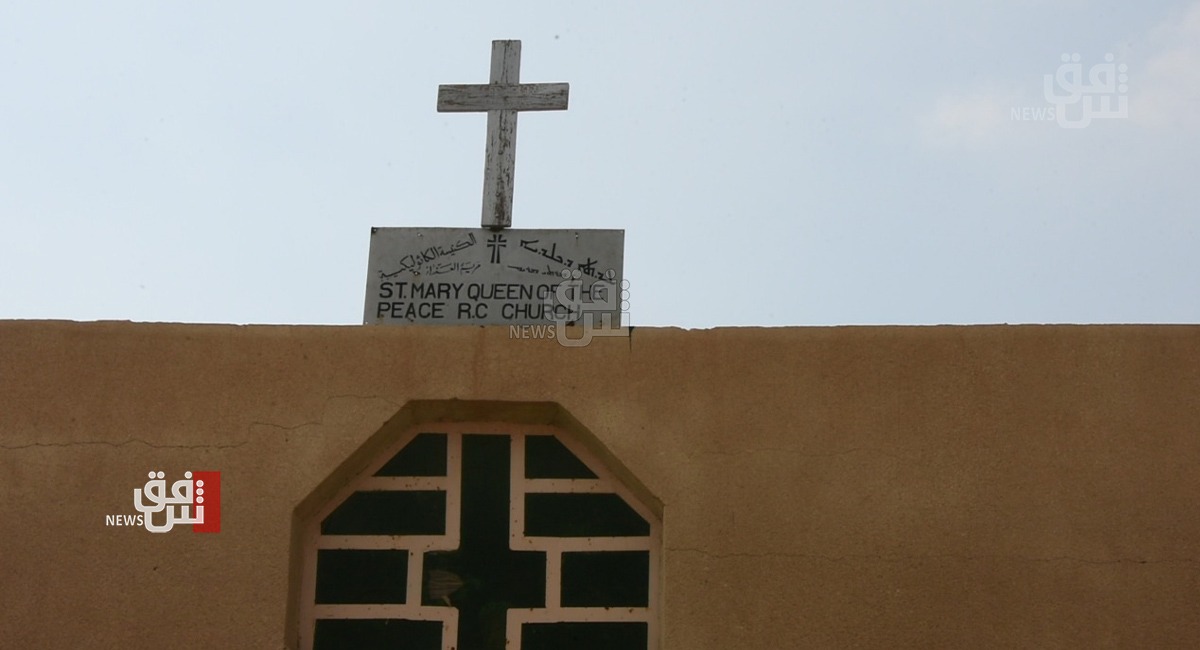
Shafaq News / In what seems to be a flare-up of collective nostalgia, the streets of al-Anbar, a city once known to be a cultural blender, suddenly became a collage of "mosques hugging churches" posters.
The banners are part of an initiative to promote peaceful coexistence and encourage Christians to return to their homes in Al-Anbar, after leaving the country three times in the history of modern Iraq. The beginning of the twentieth century witnessed the first wave of migration, while the second was the result of the deterioration of the economic situation in the country , after Saddam Hussein's regime invaded Kuwait in the 1990s, causing a major, painful migration wave after the fall of the Ba'athist regime in 2003 and the outbreak of sectarian war.
"Since 1921, when the Britons began to set up a camp, now known as al-Habbaniyah, which was completed in 1935, and during their stay in it , they have summoned large numbers of Iraqi Christians to work with them, the majority of whom came from Erbil and Nineveh," said Mohammed Awad, a writer Known as "Abu Yakeen" in Al-Anbar.
Speaking to Shafaq News agency, Abu Yakeen explained, "after Christians arrived from Erbil and Nineveh, they inhabited al-Habbaniyah, and their numbers exceeded the numbers of Sunni and Shiite Arabs at the time; they exceeded 1,000. So the Britons created a neighborhood for them and called it the Civilian City, now known as the C.C., and established houses of worship for them to practice their religious rituals. Five churches were built; one inside al-Habbaniyah camp, another near Stan's tomb, where the remains of the Britons were buried, and two other churches inside the C.C. neighborhood."
"After the area's population increased -because the Britons brought in many other Christian and Arab Shiite workers- they built another residential complex, called Collie camp. A church was also established for them called the "Church of Mam Sawa," Abu Yakeen added.
Migration from Al-Anbar
"The first migration was in 1970 when Christians and Arabs were deported outside al-Habbaniyah, where the then Minister of Endowments and Religious Affairs, Nuri Faisal Shaher, was a member of the al-Habbaniyah intelligence camp, and because of the authority of the Ba'ath Party, he suggested to dedicate the camp to the troops exclusively," said Anwar Mahmoud, a writer, "A Christian complex was set up, called the first of May complex, in the Khalidiya area, while the rest of them lived in Baghdad, specifically the areas of Karrada, Dora, Karaj al-Amana and Al-Nuayriya."
"Because the late President Saddam Hussein conflicted with Iran and Kuwait in the 1980s, the number of Christians began to decline gradually, and no Christian remained in Al-Anbar after 2006 when al-Qaeda blew up the Church of the Virgin Mary in the middle of al-Habbaniyah. Anuya Oraha and the family of the pastor of the Mar Korkis Church, Charlemagne Shmuel, were among those killed in the bombing," added Mahmoud, "The burned-out church will be rebuilt soon."
"Weeks before today, I met several Christians at the Church of the Virgin Mary, where they held a mass. So many of whom were born in al-Habbaniyah," Mahmoud recalled, "There is only one Christian left in al-Habbaniyah, who is Abd al-Ahad Abdo, who lives in the Virgin Mary Church."
Back to childhood days
"I left al-Habbaniyah in 2006, but after having a heart attack, I returned and tried to heal by remembering my childhood days here, because I was born in al-Habbaniyah," said Abd al-Ahad Abdo.
"After I heal, I will be able to see my family outside of Iraq," Abdo told Shafaq News Agency. He refused to discuss why his family and other Christians had fled Al-Anbar. However, he asserted that he lives in peace among his Arab Muslim neighbors, and is treated as one of them, "No one bothers me or even asks me about my religion."
Sedition
"There are no old or new problems between Christians and Muslims, and coexistence among them is peaceful because they are not from a different sect, as is the sedition between the Sunnis and Shiites. However, Christians are peaceful, and since the beginning of the wars fought by the late President Saddam Hussein, Christians have begun to migrate, seeking peace and a safe environment. The majority migrated prior to the invasion of Iraq in 2003," said Abdul Salam al-Mohammadi, an inter-religious dialogue specialist.
"It is strange to ask Christians to return to Al-Anbar for peaceful cohabitation because no Christian has indicated that a Muslim has ever hurt them verbally nor physically, and vice versa, Christians want to live in a safe, peaceful environment," Al-Mohammadi told Shafaq News agency.
"They will undoubtedly return if Iraq is secure and stable. So far, we have contacted Christians who lived in al-Habbaniyah; they now live in a safe environment and do not want to return to a country riddled with corruption, unrestricted weapons, and other factors that have prompted the migration of even Arabs and Kurds. In fact, most of us also wish to emigrate in search of safety and stability, "He stated.
